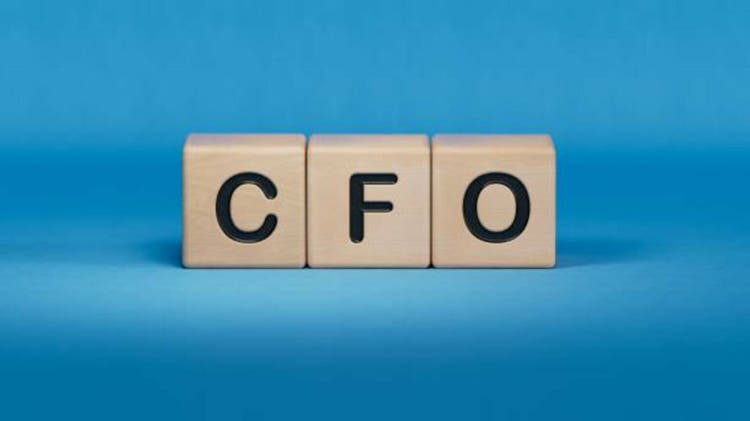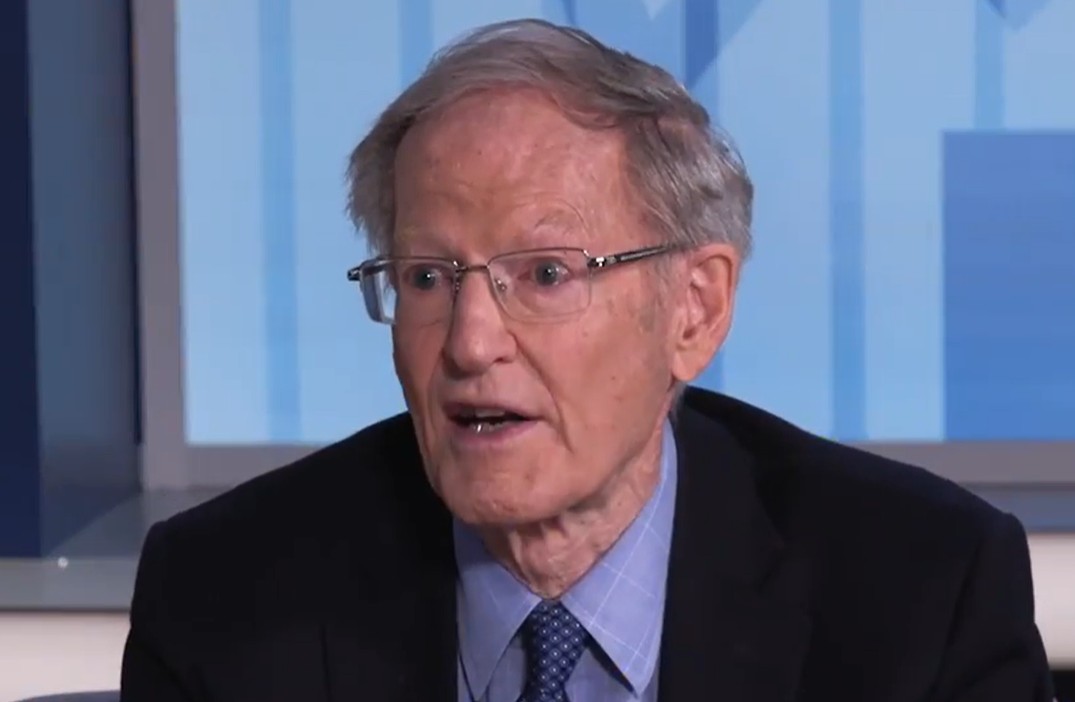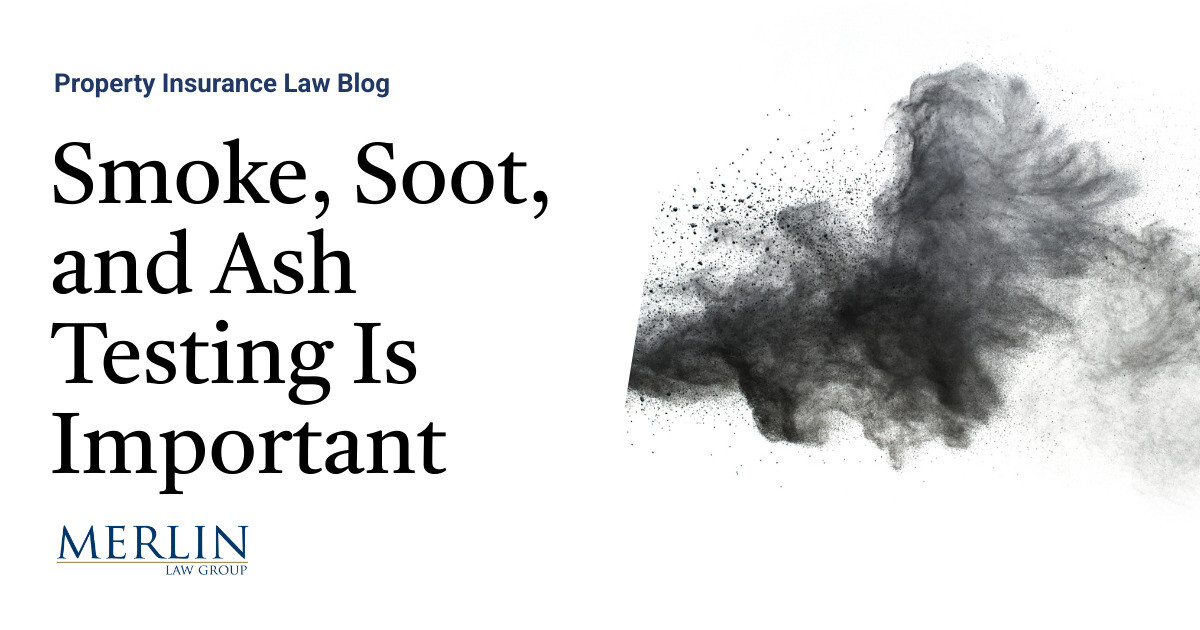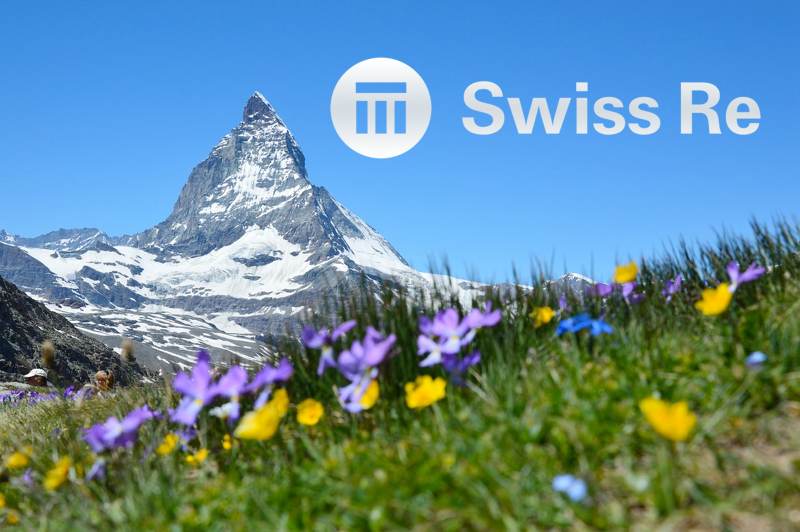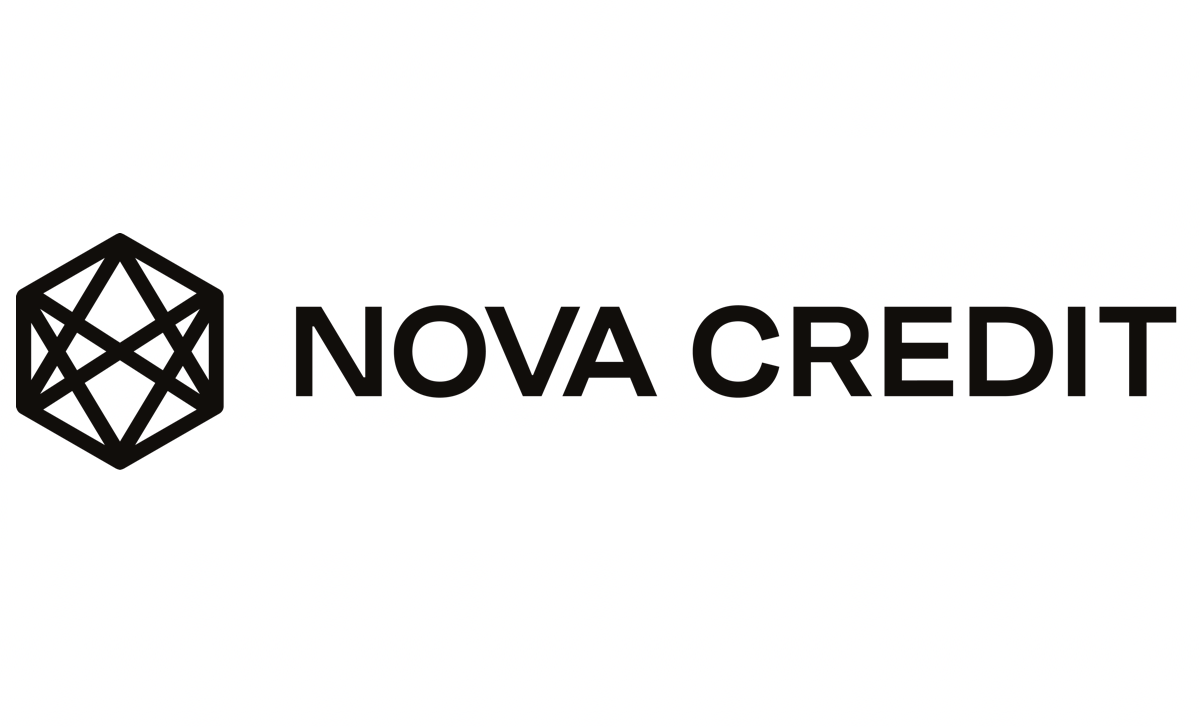By Aisha Counts
X, the social network formerly known as Twitter, began testing a $1-per-year subscription fee for new accounts on the web that want to post or interact with other users, saying the measure has the potential to reduce spam, automated bot accounts and manipulation of its service.
The test, called “Not a Bot,” rolled out in New Zealand and the Philippines, X said in a blog post Tuesday. New users who don’t pay the fee won’t be able to take certain actions on the site, including writing posts, liking, replying or bookmarking.
“This will evaluate a potentially powerful measure to help us combat bots and spammers on X, while balancing platform accessibility with the small fee amount,” according to the blog post. “Within this test, existing users are not affected.”
The San Francisco-based company has been on the hunt for new revenue sources since billionaire Elon Musk’s chaotic takeover last year, which saddled it with $13 billion in debt and drove away advertisers concerned about loosening content-safety rules. X owes about $1.2 billion in interest payments per year on its acquisition-related debt, Bloomberg earlier estimated.
To reinvigorate growth, X plans to test three tiers of its premium service, and will launch additional features that could generate revenue such as shopping and payments, Chief Executive Officer Linda Yaccarino told bankers earlier this month. X’s premium plan, which currently costs $7.99 a month, would be split into tiers that would let the company charge customers different amounts depending on how many ads they’re shown.
New X users in the two test markets will have to subscribe to either the “Not a Bot” program or an X Premium tier, known for giving paying customers blue check marks, in order to write and interact with posts.
“Read for free, but $1/year to write,” Musk posted on X following the announcement. “It’s the only way to fight bots without blocking real users.”











